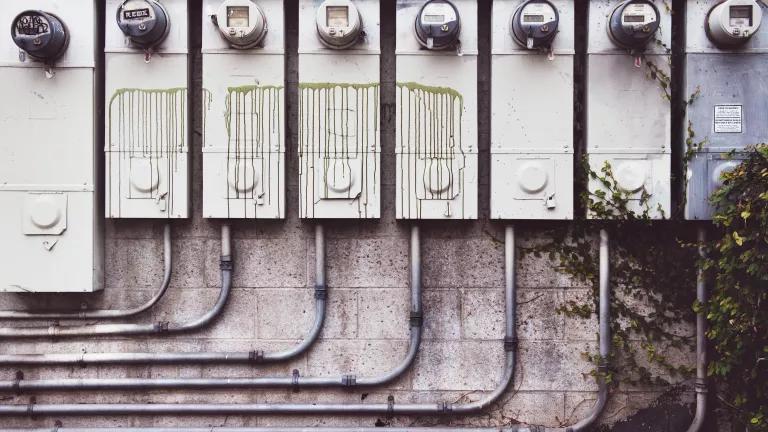Annual Update on Energy Efficiency from America's Utilities

America’s electric and natural gas utilities are now investing more than $7.8 billion annually in programs to help customers use energy more efficiently, according to the latest comprehensive survey. The electricity savings alone exceed the annual production of eight giant coal-fired power plants (enough to serve millions of residences). This is the latest reminder of the importance of utilities as partners in our nation’s accelerating clean energy transition, which my colleague Sheryl Carter and I recently addressed.
The new Consortium for Energy Efficiency’s (CEE) 12th Annual Industry Report also covers Canadian utility investments (the U.S./Canada total for the year reached $8.5 billion, counting only utility contributions, and exceeded $8.8 billion if you include supplementary energy-saving sources like the Northeast’s Regional Greenhouse Gas Initiative, or RGGI). In total, this represents an inflation-adjusted 11 percent increase in energy efficiency investment over the past five years.
The CEE report serves as a reminder of the importance of this vital source of clean energy. Independent research has affirmed repeatedly that the cost of programs to avoid energy use—such as weatherization and rebates for highly efficient appliances—is less than half as much as alternative sources of serving customers’ energy needs, such as using natural gas or nuclear power. Energy efficiency is the cornerstone of NRDC’s recent “Pathways” report, which outlines the most promising options for decarbonizing the U.S. economy.
CEE tracks both annual investment in energy efficiency programs (about 90 percent of the “Demand Side Management (DSM)” total) and other DSM, such as incentives to reduce stress on grids by moving customers’ energy use to off-peak periods, in both the United States and Canada.
Energy efficiency—all the ways we can get more work from less energy—has for decades been the cheapest and largest contributor to meeting our growing economy’s energy needs. The most important single source of North American efficiency investment is our electric and natural gas utilities, and every year CEE reports on progress across the United States and Canada. CEE exhaustively canvasses the entire utility industry, and its latest report is a compelling overview of progress and prospects.
Highlights include:
- Total U.S. utility investment in energy efficiency and DSM for 2016 (the most recent year with complete data) was up 3 percent from the previous year, and up 8 percent over the past five years (adjusted for inflation).
- Electricity sector investment dominates energy efficiency funding, accounting for more than 80 percent ($6.8 billion), although natural gas industry trends are positive and annual investment there reached $1.3 billion for the first time in 2016 (these numbers reflect both utility investment and supplementary funding from sources like RGGI). The breadth of participation in energy efficiency programs is impressive, involving more than 306 utility and non-utility administrators of utility-funded initiatives in all 50 states, the District of Columbia, and eight Canadian provinces.
- Although methodologies for calculating savings are not completely consistent, a conservative assessment for the North American utility programs alone yielded annual savings from the 2016 programs of almost 26 million tons of carbon dioxide emissions avoided. This is particularly impressive in that utility customers didn’t have to pay more to achieve those reductions, which were a dividend from programs that also reduced their utility bills.
While investing more than $7.8 billion in U.S. utility energy efficiency programs is significant, we can do better and we must in order to meet our climate and clean energy goals. Today’s programs don’t tap anywhere near all cost-effective energy efficiency savings that we could achieve. Adding more of a very good thing here would mean lower energy bills, reduced power plant pollution, and more jobs.


